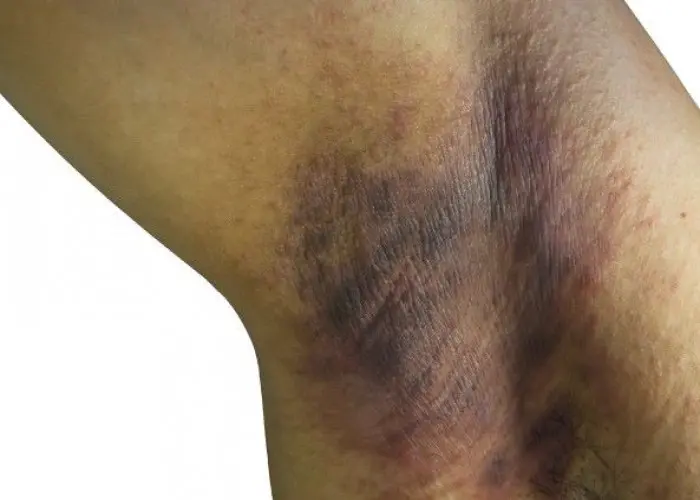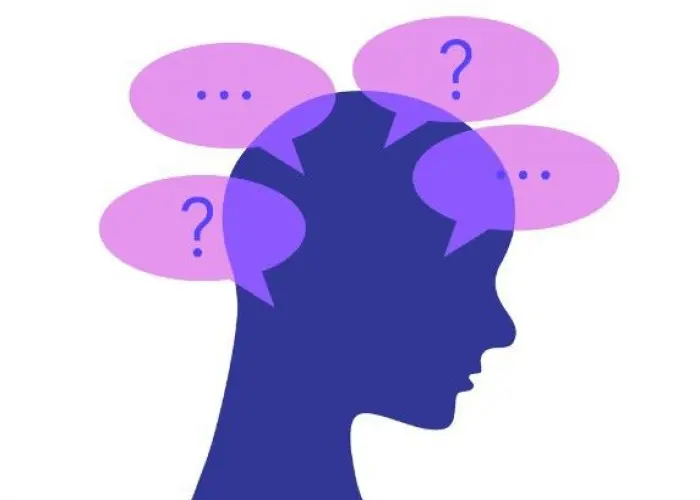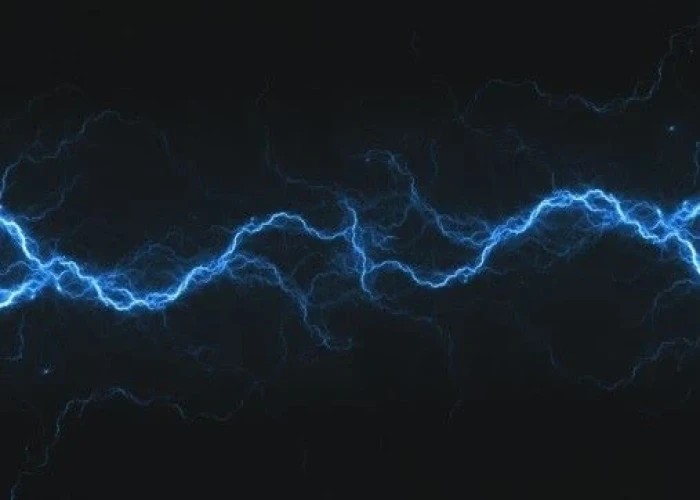 Welcome
Welcome
“May all be happy, may all be healed, may all be at peace and may no one ever suffer."
Dupuytren's contracture

Dupuytren's contracture is a condition that affects the connective tissue in the palm of the hand, causing thickening and tightening of the tissue and resulting in the fingers being pulled towards the palm. It most commonly affects the ring finger and little finger, although any finger can be affected.
The condition develops gradually and may initially appear as small, painless nodules or pits in the palm. Over time, the nodules can develop into thicker cords of tissue, which can limit the movement of the affected fingers and make it difficult to straighten them.
The exact cause of Dupuytren's contracture is unknown, but it is more common in men over the age of 50 and may be linked to genetics, certain medical conditions (such as diabetes), and lifestyle factors (such as smoking or alcohol consumption).
Treatment for Dupuytren's contracture may include physical therapy or the use of a splint to help maintain finger flexibility. In more severe cases, a healthcare professional may recommend surgery to remove the thickened tissue and restore normal finger movement. In some cases, a minimally invasive procedure called needle aponeurotomy may be used to break up the thickened tissue and improve finger movement.
Although Dupuytren's contracture can be a frustrating and challenging condition to manage, early detection and treatment can help to minimize the impact on hand function and quality of life. Regular check-ups with a healthcare professional can help to monitor the condition and ensure that appropriate treatment is provided as needed.
Research Papers
Disease Signs and Symptoms
- Hand weakness and clumsiness
- Numbness in fingers or toes
Disease Causes
Dupuytren's contracture
Doctors don't know what causes Dupuytren's contracture. There's no evidence that hand injuries or occupations that involve vibrations to the hands cause the condition.
Disease Prevents
Disease Treatments
If the disease progresses slowly, causes no pain and has little impact on your ability to use your hands for everyday tasks, you might not need treatment. Instead, you can wait and see if Dupuytren's contracture progresses. You may wish to follow the progression with a tabletop test, which you can do on your own.
Treatment involves removing or breaking apart the cords that are pulling your fingers toward your palm. This can be done in several ways. The choice of procedure depends on the severity of your symptoms and other health problems you may have.
Needling
This technique uses a needle, inserted through your skin, to puncture and break the cord of tissue that's contracting a finger. Contractures often recur but the procedure can be repeated.
The main advantages of the needling technique are that there is no incision, it can be done on several fingers at the same time, and usually very little physical therapy is needed afterward. The main disadvantage is that it can't be used in some places in the finger because it could damage a nerve or tendon.
Enzyme injections
Injecting a type of enzyme into the taut cord in your palm can soften and weaken it — allowing your doctor to later manipulate your hand in an attempt to break the cord and straighten your fingers. The FDA has approved collagenase Clostridium histolyticum (Xiaflex) for this purpose. The advantages and disadvantages of the enzyme injection are similar to needling. Enzyme injections are not offered at all medical institutions.
Surgery
Another option for people with advanced disease, limited function and progressing disease is to surgically remove the tissue in your palm affected by the disease. The main advantage to surgery is that it results in a more complete and longer-lasting release than that provided by the needle or enzyme methods. The main disadvantages are that physical therapy is usually needed after surgery, and recovery can take longer.
In some severe cases, especially if surgery has failed to correct the problem, surgeons remove all the tissue likely to be affected by Dupuytren's contracture, including the attached skin. In these cases a skin graft is needed to cover the open wound. This surgery is the most invasive option and has the longest recovery time. People usually require months of intensive physical therapy afterward.
Disease Diagnoses
Disease Allopathic Generics
Disease Ayurvedic Generics
Disease Homeopathic Generics
Disease yoga
Dupuytren's contracture and Learn More about Diseases

Hidradenitis suppurativa

Bed-wetting

Mesothelioma

Generalized anxiety disorder

Primary lateral sclerosis (PLS)

Male breast cancer

Ectropion

Night Discharge
dupuytren's contracture, ডুপুইট্রেনস কনট্রাকচার
To be happy, beautiful, healthy, wealthy, hale and long-lived stay with DM3S.
